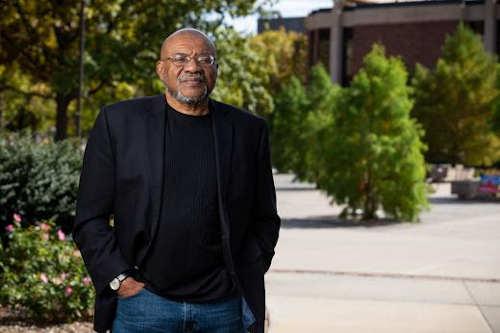- Georgina Marie Guardado
- Posted On
County poet laureate and lakeport business partner for Tea & Poetry
During the pandemic local resident, massage therapist, sound healer and yoga instructor Laurel Lind also started her new business, Studio 127, in downtown Lakeport, located at 127 N. Main St.
Lind specializes in the sacred art of self-care. She offers a place undisturbed by the rush and flurry of each day, a place to recharge and re-energize, and a haven for relaxation, as well as rejuvenation. To walk through the doors of her business is to embark on a journey of stillness and radiance.
While she offers sound healing, yoga, and more in a large, quiet space with hardwood floors and a silver ceiling, in the front of her business is a magical shop with loose leaf tea, crystals, candles, clothing, mystical wares, and organic products for skin, face, and body care.
Guardado, an advocate and practitioner of self-care regimes, such as breath work, mindfulness, massage, and yoga, partnered with Lind to create the monthly Tea & Poetry offering at Studio 127, which began in February 2022.
The next Tea & Poetry will take place on Saturday, May 21, from 4 to 5 p.m.
Tea & Poetry is open to everyone, whether you’re new to poetry or an experienced writer, a fan of reading poetry, or a complete beginner to any creative writing.
Participants are invited to bring a meaningful item to add to an altar and/or a favorite poem to share, and pen and paper to free-write from prompts offered to the group. Participants will choose a loose-leaf tea from the studio’s varied selection to enjoy while reading and writing.
Email This email address is being protected from spambots. You need JavaScript enabled to view it. with any questions or to RSVP. A suggested donation of $10 is requested however no one is turned away due to lack of funds. Seating is limited to eight spaces.
Visit Studio 127 online at https://thestudio127.com/ and Guardado’s website at https://www.georginamariepoet.com/.

 How to resolve AdBlock issue?
How to resolve AdBlock issue? 







